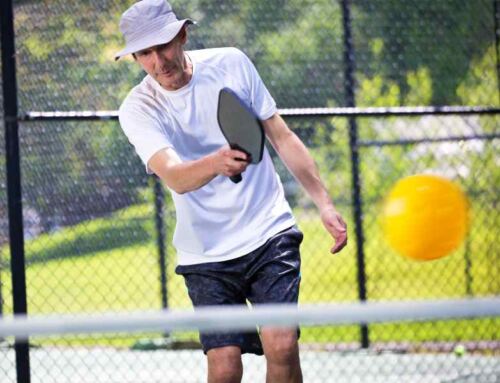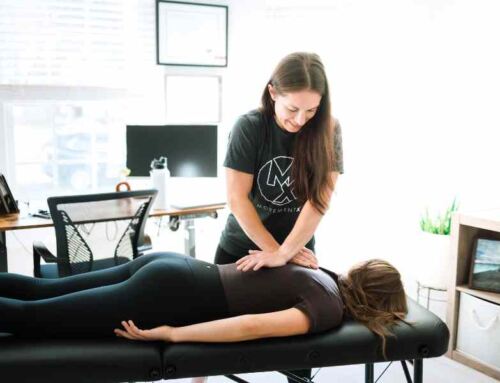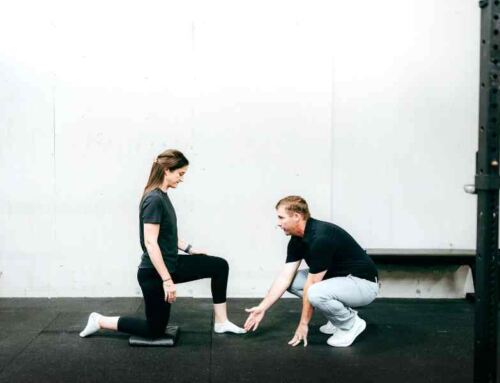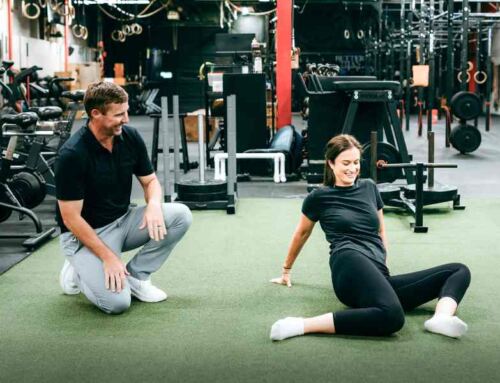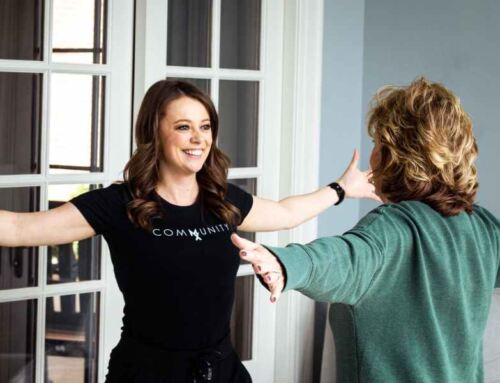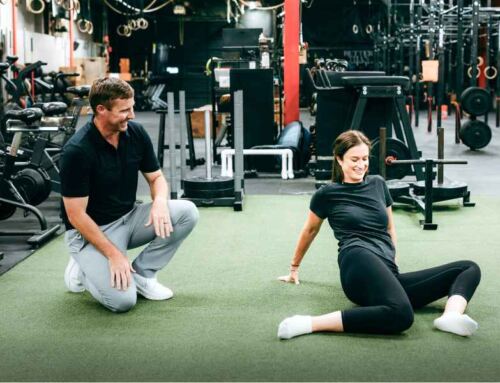Mobility and Stability: The Prelude to Athletic Performance
Parenthood has taught me many things, and I am continually amazed at how my children teach me something new every day. That’s right, I said children!
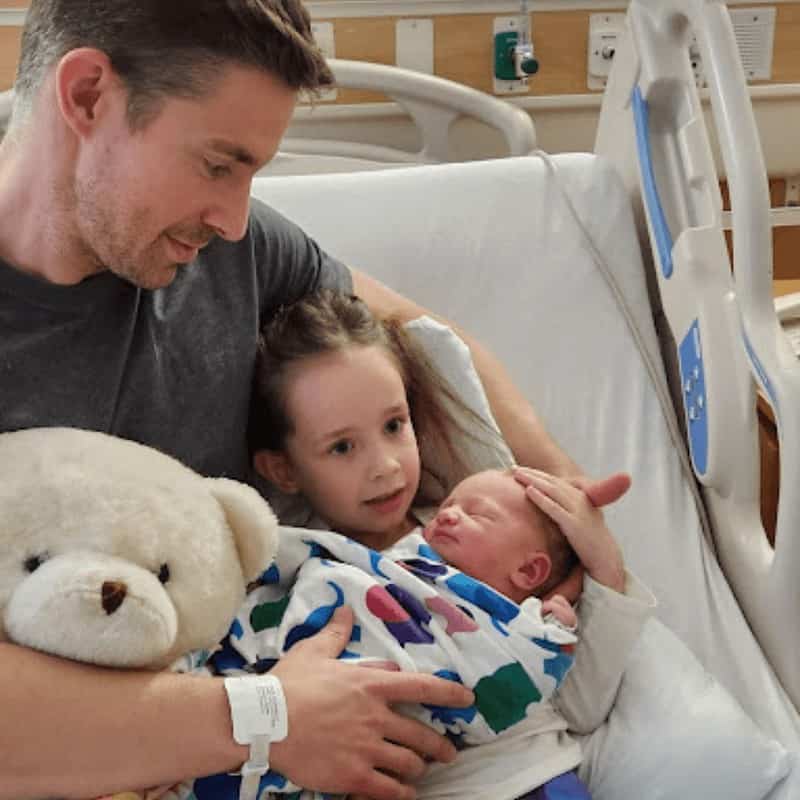
We welcomed Anders into the world on October 27, and he is following in his sister’s footsteps as my teacher and muse.
Amongst many lessons, both Anders and Amelie have taught me two foundational principles of movement and performance:
- Mobility is the foundation of the movement and performance pyramid
- Stability is the ownership of movement, and the second layer of the movement and performance pyramid
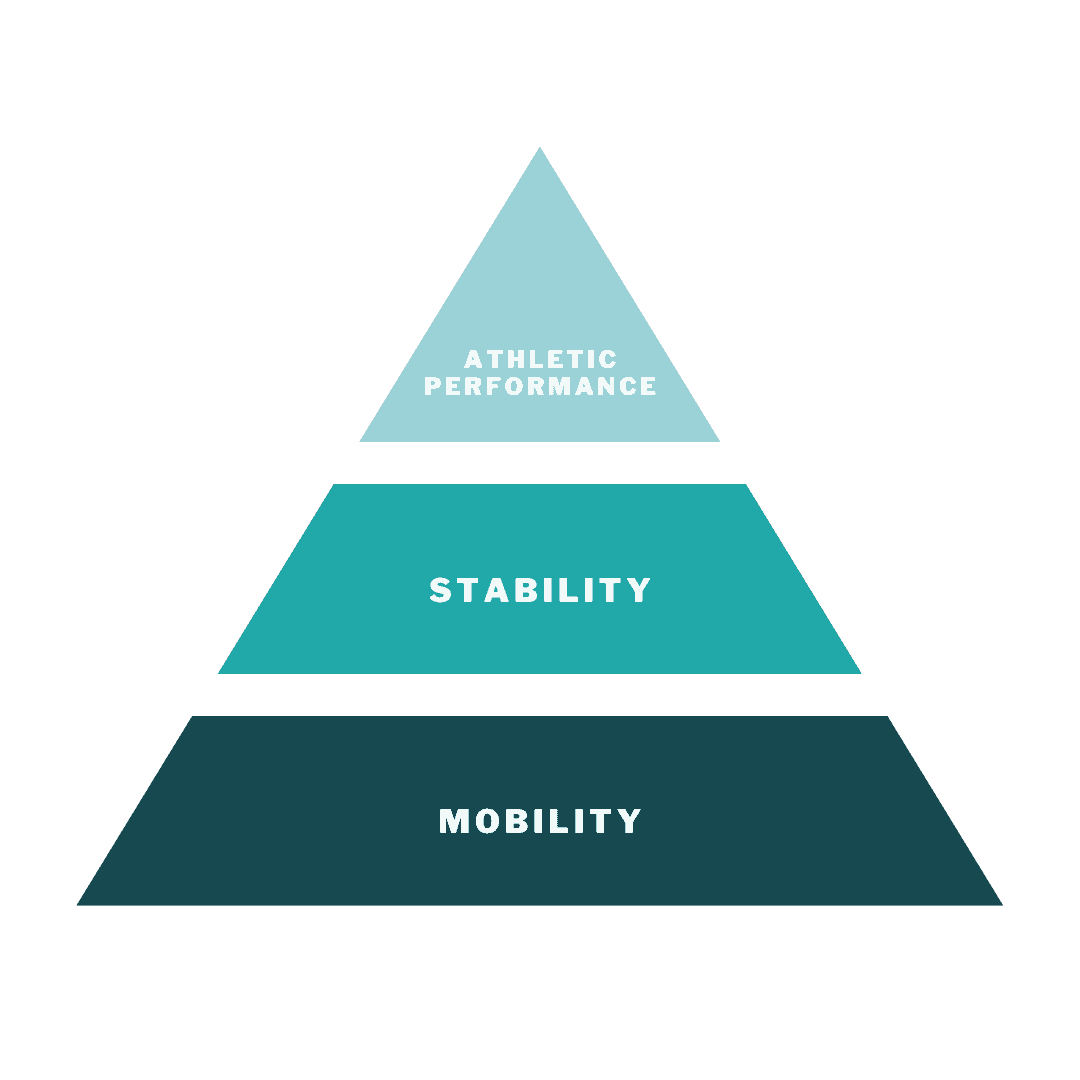
Earlier this year, I put my parenthood education into action, as I hosted the seminar, Mobility and Stability: The Prelude to Snatch Performance at Patriot CrossFit.
The Snatch (Athletic Performance)
Background – The snatch is the pinnacle of CrossFit performance. It requires the perfect blend of mobility, stability, strength, and power. First and foremost, mobility and stability are the foundation. They are the first things we develop in life, and they are a requirement to optimize your snatch performance. This seminar focused on identifying the mobility and stability requirements for the snatch and introducing movements to address these foundational pillars.
Let’s define some terms:
Mobility – the ability to move your body freely and easily, through as large a range of motion as possible (ie squat with your arms overhead)
Stability – demonstrating body control through a movement (especially in end ranges). Stability = ownership of the movement.
Global Mobility
As Anders develops, he possesses a foundation of phenomenal mobility. His body can adapt to any position. This is what is called Global Mobility. We will channel our inner Anders and focus on global mobility using the Turkish Get Up.
The Turkish Get Up requires mobility in the entire body as you transition from the ground to a standing position and change the shape of your body at each point of transition.
Snatch Mobility
Upon this foundation of global mobility, Anders layers mobility that is specific to the task at hand (namely feeding). Our version of task-specific mobility is the high pull position and overhead position for the snatch.
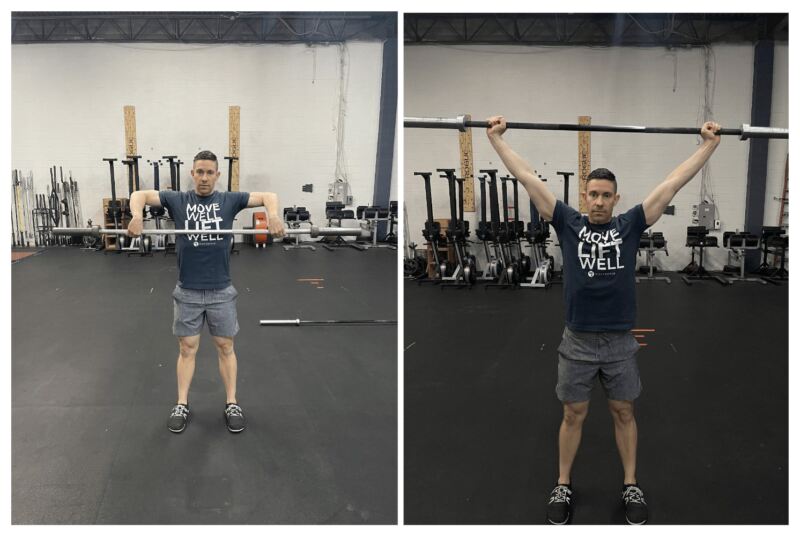
Stability Progression
Like any dutiful younger sibling, Anders will eventually want to keep pace with his big sister. Amelie has a 5-year head start, which will require Anders to quickly master stability of his body to hold himself upright and progress to stability through movement.
Step 1: Static stability
Anders will start with holding his head up in the unenviable “Tummy Time” position.
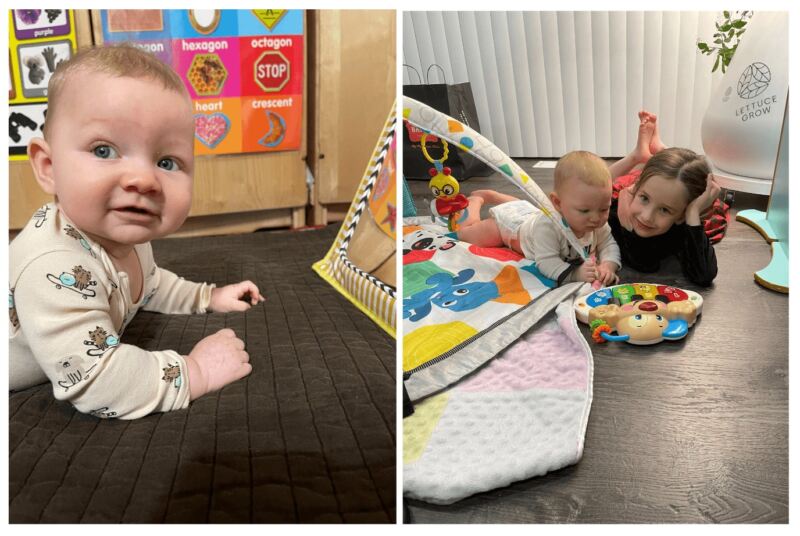
We started with positional holds (left) and progressed to static holds of external weight (right):
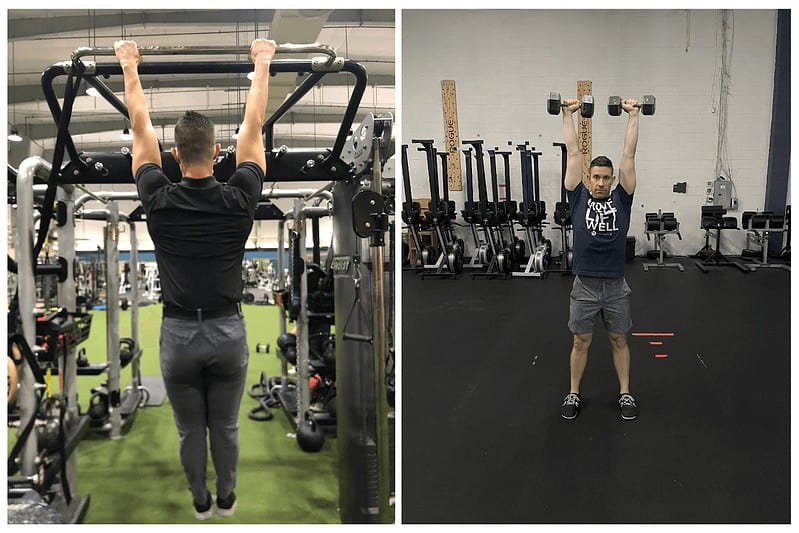
Step 2: Dynamic stability
Anders will learn that new movements require a much slower, more deliberate approach. He cannot immediately crawl at the same speed as his big sister. We slowed things down by incorporating tempo work to demonstrate dynamic stability.
Step 3: Speed stability
Much quicker than my ability to baby-proof the house, Anders will accumulate the reps of dynamic stability to race after Amelie. At this point, he has moved onwards to speed stability, which is a must for chasing big sisters and performing the snatch. We progressed to the heaving snatch balance for speed stability.
The Take Home
Every high level movement is layered upon a foundation of mobility and stability. Are you interested in improving your mobility and stability as they relate to your version of athletic performance? Come test the principles of motor development with me! Sign up here today.
About the Author
Dr. Dan Alcorn is a physical therapist with MovementX in Northern Virginia. He is a Board-Certified Specialist in Orthopedic Physical Therapy and is also fellowship-trained in the care for upper extremity athletes. Dan Alcorn treats patients at Patriot CrossFit in Arlington, VA, and has a strong passion for improving people’s confidence through healthier movement, lifestyle choices, and longevity.



